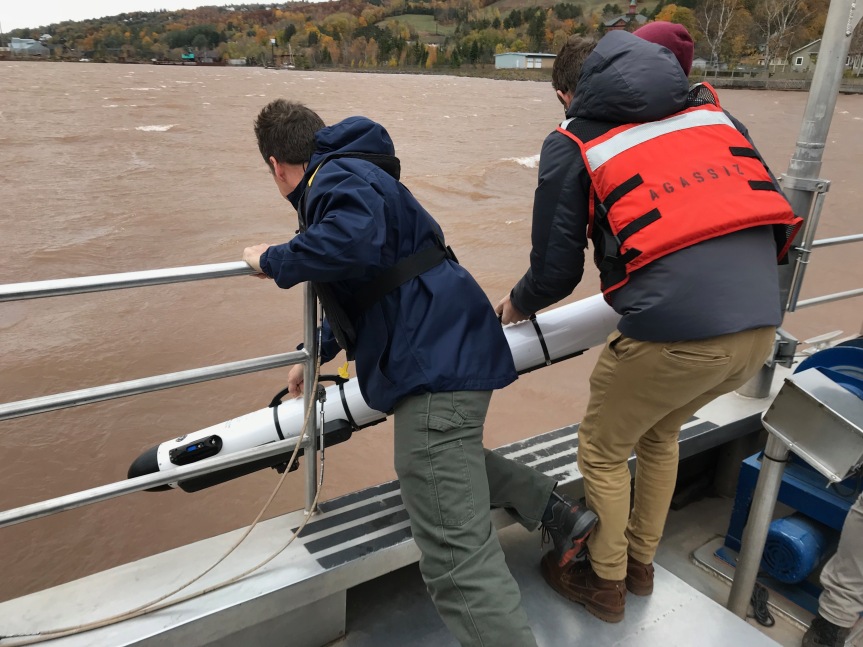By Guy Meadows, Great Lakes Research Center, Smart Ships Coalition
Development of new engineers and scientists in STEM fields is of critical long-term importance to the Navy (and Navy supported industries) in maintaining technological superiority. This technological superiority directly influences the capability and safety of the warfighter. Unfortunately, many STEM graduates are either unaware of Navy related careers, or are unprepared for problems facing the Navy STEM workforce. This Office of Naval Research (ONR) supported program at Michigan Tech aims to provide a steady flow of highly motivated and trained civilian engineers and scientists to the nation’s workforce of the future, capable of supporting naval related industries on day-one. Focus areas include underwater acoustics, noise control and vibration, autonomy and control, unmanned vehicle design, and sensors and sensing platforms. Each of these fields are critical to the Science &Technology strategic plan of the Navy and the Navy’s Force of the Future. This program at Michigan Tech is under the direction of Professor Andrew Barnard (arbarnar@mtu.edu).

Eighteen, Mechanical Engineering-Engineering Mechanics (ME-EM) seniors have elected to enroll this semester in ME-EM 4850, a senior level/beginning graduate level course entitled Naval Systems and Platforms taught by Dr. Guy Meadows (gmeadows@mtu.edu). The course provides background in applied ocean physics (light and acoustic propagation, underwater mapping, ocean currents and ocean wave motions) in addition to hands on experience aboard the university’s research vessel. Most recently, experience was gained with programming and launching Michigan Tech’s, “state-of-the-art,” fully autonomous underwater vehicle (AUV), to map some historic wooden barges within the Keweenaw Waterway’s, Marine Autonomous Research Site (MARS). The AUV, an Iver 3, provide ultra-high, resolution sonar bottom mapping capabilities. These excellent students will be available to join the nation’s workforce upon graduation this spring.

Side Scan Sonar image of historic sunken wooden barges from the copper mining era.

Full three-dimensional, sonar point cloud reconstruction of the bottom contours and barge targets.
